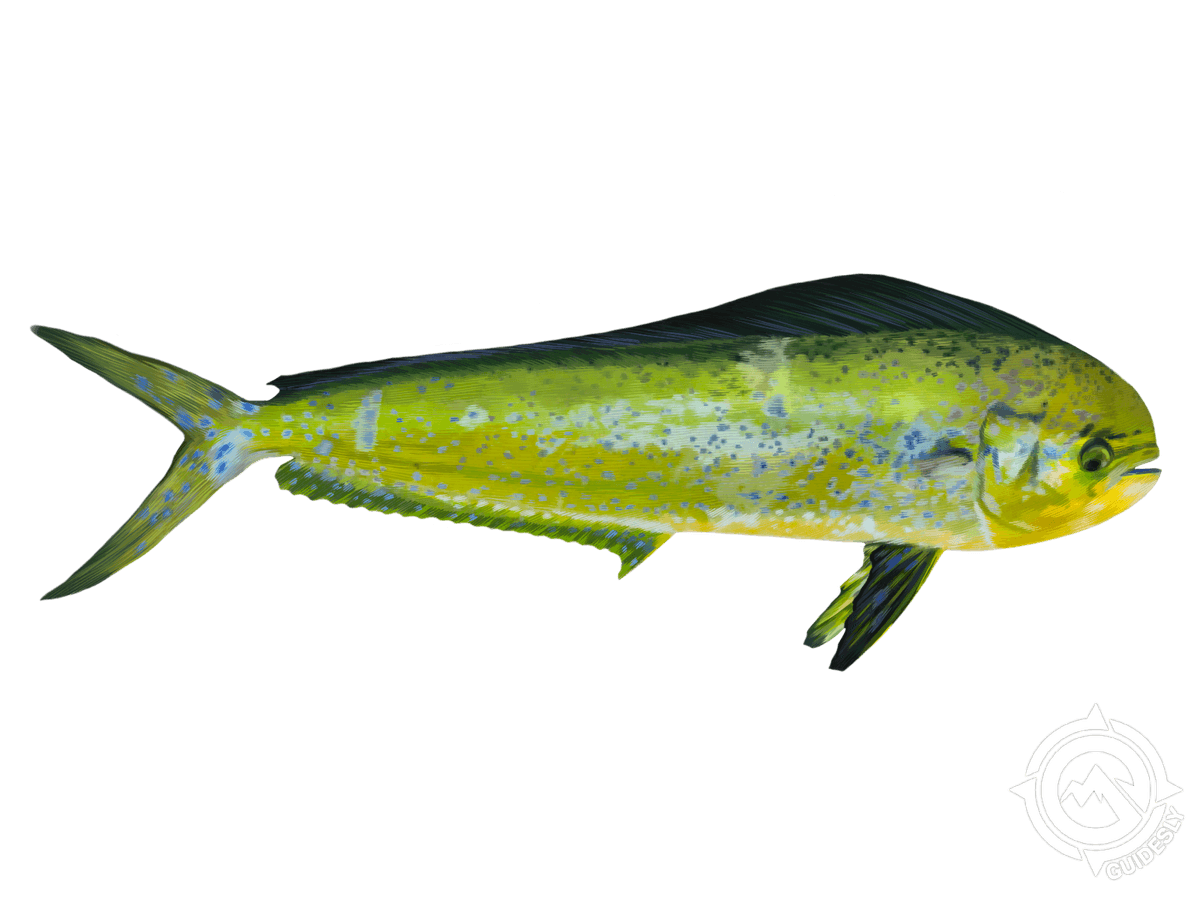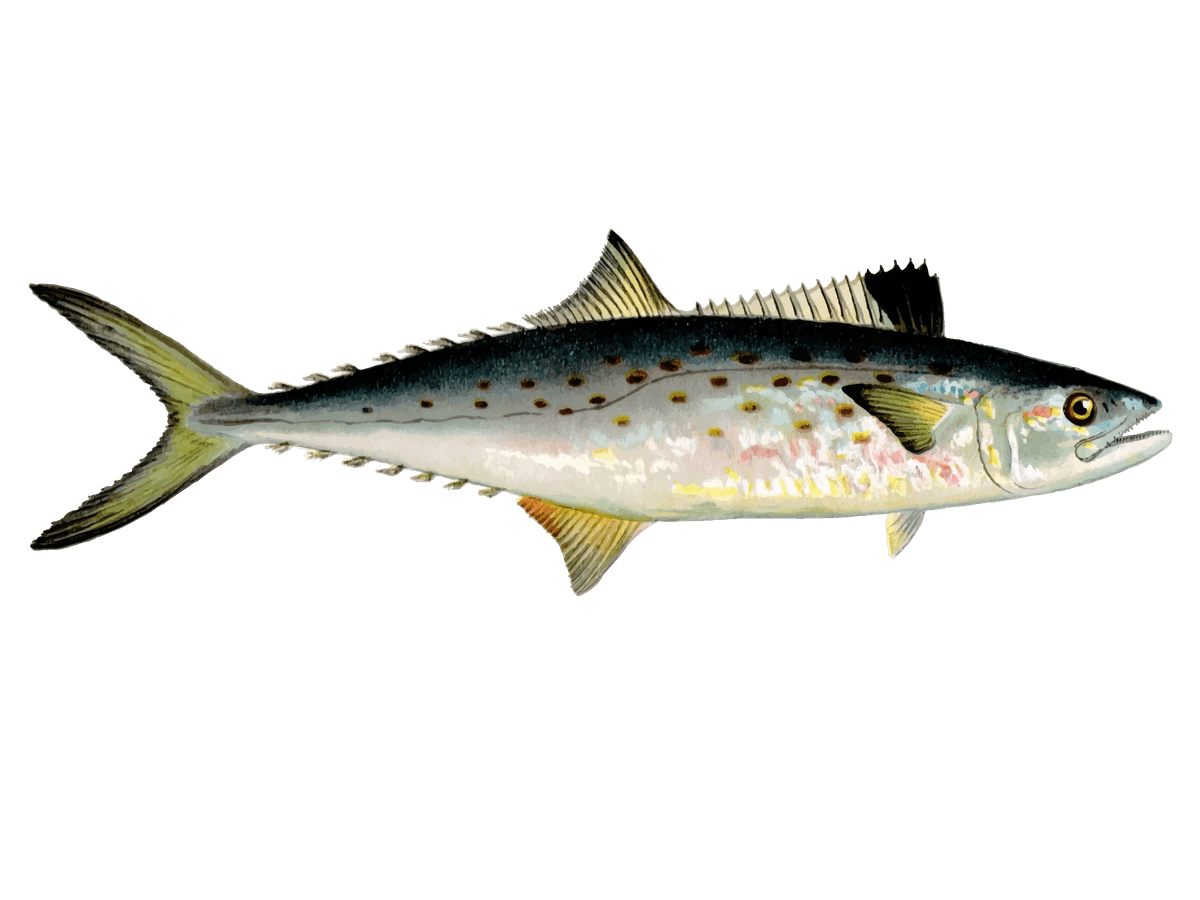Premier Wreck Fishing Adventure in Panama City
- Published Date: July 17, 2025
- Fishing
- Panama City Beach
- $600 - $1,300 price range
- Updated Date: September 5, 2025
Summary
%2F%2Fusers%2F754e4b3a-7a16-4480-a04d-64d316371d1f%2Fratecard%2Fimage-2025-05-01t183835.175.png&w=1200&q=75)
Gulf Wrecks & Reefs
Wreck Fishing: PCB's Hidden Treasure Trove
Ready to hit the Gulf and reel in some monsters? Our private 4-hour wreck fishing charter in Panama City Beach is your ticket to some of the hottest fishing action around. We're talking grouper, mahi-mahi, snapper, and more – all waiting for you just offshore. Captain Will knows these waters like the back of his hand, and he's itching to put you on the fish. Whether you're a seasoned angler or it's your first time wetting a line, we've got you covered with all the gear and know-how you need. Let's make some fishing memories!
What's the Deal?
This isn't your average fishing trip. We're talking about a laser-focused 4-hour adventure that'll have you bouncing between the hottest spots in PCB. One minute you might be bottom fishing a sunken wreck, the next you could be trolling for pelagics in the open Gulf. Captain Will's got a sixth sense for where the fish are biting, and he'll adjust the game plan on the fly to maximize your chances. With room for up to 4 anglers, it's perfect for a family outing or a day out with your fishing buddies. And don't sweat the small stuff – we've got all the rods, reels, and bait you'll need. Just bring your game face and maybe a snack or two.
Fishing the PCB Way
Alright, let's talk strategy. When we're wreck fishing, we're all about precision. We'll use the boat's electronics to pinpoint those underwater structures where the big boys like to hang out. Once we're on the spot, it's time to drop those baits down. We might be using heavy bottom rigs for grouper, or lighter tackle if we're after snapper. If the bite's slow, Captain Will might switch it up and have us trolling for mahi-mahi or king mackerel. And don't worry if you're new to this – the captain's always happy to show you the ropes, from baiting your hook to setting the hook when a fish strikes. It's all about adapting to what the fish want on any given day, and that's where local knowledge really pays off.
What the Anglers Are Saying
"Captain will took us out 7-4-25 for a 6 hour trip very knowledgeable and great with kids!!! We had a blast thanks again captain will. The Griffins" - Great
Fish You'll Be Chasing
Gag Grouper: These brutes are the kings of the reef. They love to hole up in wrecks and rocky bottom, which makes them perfect targets for our trip. Gags can grow to over 50 pounds, and they'll test your arms and your drag. The fight starts the moment they bite – they'll try to dive back into their hidey-holes, so you've got to turn their heads fast. The meat is white, flaky, and downright delicious. We typically target them year-round, but they're especially active in the cooler months.
Mahi Mahi: Also known as dorado or dolphinfish, these are the acrobats of the offshore world. Mahi are known for their spectacular aerial displays when hooked, and their vibrant colors make for amazing photos. They're fast-growing and can reach up to 30 pounds in our waters. We usually find them near floating debris or weedlines, and they're suckers for trolled baits or lures. The best part? They're excellent eating, with a mild, sweet flavor that's hard to beat. Peak season is typically late spring through summer.
Red Snapper: These crimson beauties are a Gulf staple. They've got a reputation for being smart and wary, which makes them a fun challenge. Red snapper typically hang around reefs and wrecks, and they can grow to over 20 pounds. When you hook one, be ready for a strong initial run – they'll try to break you off in the structure. The meat is firm and sweet, perfect for a variety of recipes. While the season is strictly regulated, when it's open, it's game on!
Spanish Mackerel: These speedsters are a blast on light tackle. They're known for their blistering runs and acrobatic jumps. We often find them in schools, chasing bait near the surface. They're not the biggest fish in the sea – averaging 2-4 pounds – but what they lack in size, they make up for in fight and numbers. They're also delicious when eaten fresh, with a rich, oily flavor. Spring and fall are typically the best times to target them as they migrate through our waters.
Sea Trout: While we might not target these inshore favorites on our wreck trips, they're worth mentioning as a possible bonus catch if we fish some inshore spots. Speckled trout, as they're also known, are ambush predators that love to hang around grass flats and oyster bars. They're known for their distinctive spots and their willingness to hit artificial lures. A 2-3 pounder is a good catch, but they can grow much larger. They're a favorite among light tackle enthusiasts and fly fishermen alike.
Ready to Get Your Fish On?
Look, if you're itching for some real Gulf fishing action, this is your chance. We're talking about a private charter with one of PCB's top captains, targeting some of the tastiest, hardest-fighting fish in these waters. Whether you're looking to fill the cooler or just want to feel the thrill of battling a big grouper, we've got you covered. And remember, with only 4 spots available, these trips fill up fast – especially during peak seasons. So don't sit on the fence too long. Grab your sunscreen, rally your crew, and let's make some fishing memories that'll last a lifetime. The fish are out there waiting – are you ready to meet them?
Customer Review
Capt Will Kid Fun

Great Gorilla
August 1, 2025
Learn more about the species
Gag Grouper
Gag grouper are the brutes of the reef - powerful fish that'll test your strength and tackle. They average 10-20 pounds but can get much bigger. You'll find them around rocky bottoms, reefs, and wrecks in 60-250 feet of water. Gags are most active in cooler months, making them a great winter target. Anglers love them for their hard-fighting nature and excellent table fare. To catch one, you'll need stout tackle and plenty of muscle. Live bait like pinfish or squid works well. Here's a local trick: when you feel the bite, reel fast and pull hard to get the fish away from its hole before it can break you off. Gags have big, tough mouths so use a strong hook. The meat is white and flaky, perfect for sandwiches or fish tacos. Whether you're after a trophy photo or a tasty dinner, gag grouper fishing is always a workout.

Mahi Mahi or Common Dolphinfish
Mahi mahi are the acrobats of the ocean - known for their stunning aerial displays when hooked. These colorful fish average 15-29 pounds but can get much bigger. Look for them in offshore waters near floating debris or weedlines. Mahi are fast growers and great fighters, making them a favorite for anglers. They're most abundant in summer months when water temps warm up. To catch one, try trolling with ballyhoo or squid, or casting live bait near structure. Mahi travel in schools, so when you hook one, keep it in the water to attract others. These fish are prized for their firm, sweet flesh that's excellent grilled or blackened. Here's a local tip: watch for frigate birds circling - they're often a dead giveaway for mahi feeding on the surface. Whether you're after a trophy fish or a delicious meal, mahi mahi deliver an exciting day on the water.

Red Snapper
Red snapper are the prize of the Gulf - big, beautiful fish that put up a serious fight. They typically run 5-10 pounds but can get much larger. You'll find them around reefs, wrecks, and other structure in 60-300 feet of water. Red snapper season is a big deal here, usually opening in summer months. Anglers love targeting them for their hard-pulling nature and excellent eating quality. To catch one, you'll want to drop your bait right to the bottom. Live bait like cigar minnows or squid works great. Here's a local trick: when you hook a snapper, reel fast and steady to get it away from the structure before it can break you off. These fish have strong teeth, so use a sturdy leader. The meat is mild and flaky, perfect for grilling or frying. Whether you're after a trophy photo or a tasty dinner, red snapper fishing is always a blast.

Sea Trout
Sea trout are a challenging catch that'll give you a good fight. Typically 1-5 pounds, these fish have silvery bodies covered in spots. You'll find them in coastal waters, often near grass flats or in deeper channels during winter. They're most active at dawn and dusk, especially around moving tides. Anglers love targeting sea trout for their sporty nature and excellent table fare. To up your chances, try using soft plastic lures or live bait like shrimp or small baitfish. Work your lure slowly along the bottom, mimicking an injured prey. One local trick: look for diving birds - they often signal schools of bait that sea trout are feeding on. Remember, these fish have soft mouths, so set the hook gently. Whether you're after a tasty dinner or just want to test your skills, sea trout fishing is always a good time out on the water.

Spanish Mackerel
Spanish mackerel are the speedsters of inshore waters. These streamlined fish typically run 2-4 pounds and are known for their blistering runs when hooked. You'll find them in schools near the surface, often around bait pods. They're most abundant in spring and fall as they migrate along the coast. Anglers love targeting Spanish macks for their fast action and good eating. To catch them, try trolling small spoons or jigs, or casting into feeding schools. These fish have razor-sharp teeth, so use a wire leader. Here's a local tip: look for birds diving on bait - that's often a sign of Spanish mackerel feeding below. When you find a school, work fast because they move quickly. The meat is oily and flavorful, great for smoking or grilling. Whether you're after non-stop action or want to fill the cooler, Spanish mackerel fishing is always exciting.

About the Sea Hunt
%2F%2Fusers%2F754e4b3a-7a16-4480-a04d-64d316371d1f%2Fvehicle_picture%2F314512291_128729646643987_8049294237385372859_n1.jpg&w=1200&q=75)
Vehicle Guest Capacity: 4
Manufacturer Name: Yamaha
Maximum Cruising Speed: 40
Number of Engines: 1
Horsepower per Engine: 200
%2Ffit-in%2F250x250%2Fguide_websites%2F10492%2Fimages%2Funnamed-3.jpg&w=1200&q=100)


%2Fusers%2F754e4b3a-7a16-4480-a04d-64d316371d1f%2Fimages%2Fanglers-reel-in-7-fish-2747.jpg&w=768&q=75)
%2Fusers%2F754e4b3a-7a16-4480-a04d-64d316371d1f%2Fimages%2Fsuccessful-fishing-trip-florida-2659.jpg&w=768&q=75)
%2Fusers%2F754e4b3a-7a16-4480-a04d-64d316371d1f%2Fimages%2Fcoastal-fishing-adventure-2537.jpg&w=768&q=75)
%2Fusers%2F754e4b3a-7a16-4480-a04d-64d316371d1f%2Fimages%2Fpanama-city-beach-fishing-trip-2457.jpg&w=768&q=75)
%2Fusers%2F754e4b3a-7a16-4480-a04d-64d316371d1f%2Fimages%2Ffishing-panama-city-beach-2611.jpg&w=768&q=75)
%2Fusers%2F754e4b3a-7a16-4480-a04d-64d316371d1f%2Fimages%2Fbest-fishing-trip-panama-city-2620.jpg&w=768&q=75)
%2Fusers%2F754e4b3a-7a16-4480-a04d-64d316371d1f%2Fimages%2Ffishing-fun-panama-city-beach-2516.jpg&w=768&q=75)
%2Fusers%2F754e4b3a-7a16-4480-a04d-64d316371d1f%2Fimages%2Fpanama-city-beach-fishing-adventure-2317.jpg&w=768&q=75)
%2Fusers%2F754e4b3a-7a16-4480-a04d-64d316371d1f%2Fimages%2Fbeachside-fishing-adventure-2703.jpg&w=768&q=75)
%2Fusers%2F754e4b3a-7a16-4480-a04d-64d316371d1f%2Fimages%2Fman-fishing-florida-2717.jpg&w=768&q=75)

Captain will took us out 7-4-25 for a 6 hour trip very knowledgeable and great with kids!!! We had a blast thanks again captain will. The Griffins